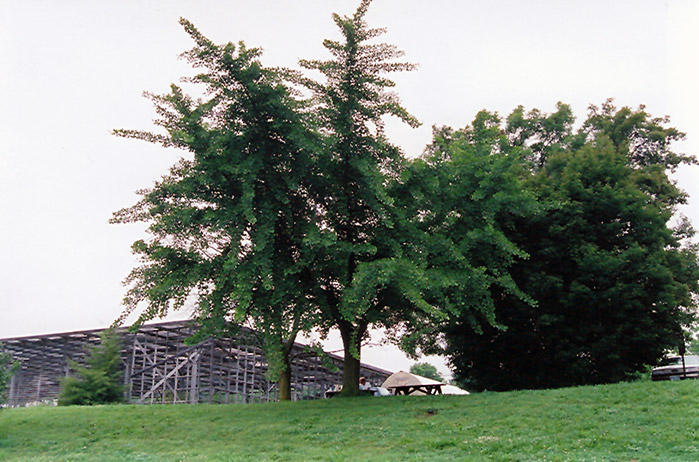VANDERMEER
PLANT LIBRARY
Find the perfect plant for your space by browsing through this extensive selection that we typically carry every year.
This library is for information purposes only.
Height: 40 feet
Spread: 50 feet
Sunlight:
![]()
Hardiness Zone: 4a
Other Names: Maidenhair Tree
Description:
Somewhat of an anomaly by virtue of its name; actually more of a horizontally-arching character rather than typically weeping, can really spread quite wide, best reserved for larger properties and landscapes, use as a solitary for best effect
Ornamental Features
Weeping Ginkgo is primarily valued in the landscape for its cascading habit of growth. It has emerald green deciduous foliage. The fan-shaped leaves turn an outstanding yellow in the fall.
Landscape Attributes
Weeping Ginkgo is an open deciduous tree with a shapely form and gracefully arching branches. Its average texture blends into the landscape, but can be balanced by one or two finer or coarser trees or shrubs for an effective composition.
This is a relatively low maintenance tree, and should not require much pruning, except when necessary, such as to remove dieback. Deer don't particularly care for this plant and will usually leave it alone in favor of tastier treats. It has no significant negative characteristics.
Weeping Ginkgo is recommended for the following landscape applications;
- Accent
Planting & Growing
Weeping Ginkgo will grow to be about 40 feet tall at maturity, with a spread of 50 feet. It has a low canopy with a typical clearance of 4 feet from the ground, and should not be planted underneath power lines. It grows at a slow rate, and under ideal conditions can be expected to live to a ripe old age of 100 years or more; think of this as a heritage tree for future generations!
This tree should only be grown in full sunlight. It is very adaptable to both dry and moist locations, and should do just fine under average home landscape conditions. It is not particular as to soil type or pH, and is able to handle environmental salt. It is highly tolerant of urban pollution and will even thrive in inner city environments. Consider applying a thick mulch around the root zone in winter to protect it in exposed locations or colder microclimates. This is a selected variety of a species not originally from North America.




